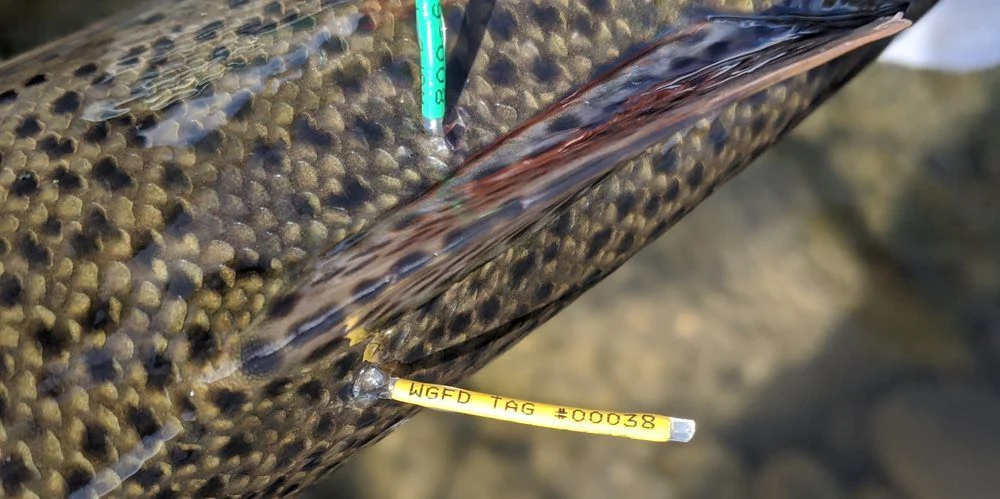Reporting a Tagged Fish: Contributing to Fisheries Management and Conservation
Angling, a popular recreational activity enjoyed by millions around the world, not only provides moments of relaxation and thrill but also plays a crucial role in fisheries management and conservation efforts. Tagging fish, a common practice in fisheries research, allows scientists to gather valuable information about fish populations, migration patterns, and habitat preferences. Anglers can actively participate in these efforts by reporting tagged fish they catch, contributing to the broader understanding of aquatic ecosystems and aiding in sustainable fishing practices.
Understanding Fish Tagging
Fish tagging involves attaching small markers, often electronic or physical tags, to fish to monitor their movements, behaviors, and survival rates. These tags can transmit data about the fish’s location, depth, temperature preferences, and even physiological conditions. Researchers use this information to track fish migrations, assess the effectiveness of conservation measures, and make informed decisions about fishing regulations.
The Importance of Reporting Tagged Fish
Anglers play a critical role in expanding the scope and accuracy of fish tagging studies. When an angler catches a tagged fish, reporting the tag’s information provides researchers with valuable insights:
- Movement Patterns: Tag recovery data help scientists track the movements of fish species, revealing migration routes, breeding grounds, and seasonal variations. This information aids in understanding the overall health and dynamics of fish populations.
- Habitat Preferences: Tagged fish data can shed light on specific habitats that certain fish species prefer. This knowledge is essential for maintaining and protecting these habitats, ensuring the survival of various aquatic organisms.
- Stock Assessment: Tagging contributes to accurate stock assessments, enabling fisheries managers to set appropriate catch limits. This prevents overfishing and ensures the long-term sustainability of fish populations.
- Climate Impact: By monitoring tagged fish behavior in response to changing environmental conditions, researchers can assess the impact of climate change on aquatic ecosystems and make necessary adaptations.
Read Fishing Spots Near Me Without a Boat »
How to Report a Tagged Fish
Reporting a tagged fish is a straightforward process:
- Record Information: Note down the tag number, fish species, location of capture (latitude and longitude if possible), date and time of capture, and any additional observations about the fish’s condition or behavior.
- Contact Authorities: Many fisheries management agencies have dedicated platforms or hotlines for reporting tagged fish. Reach out to the appropriate agency or organization and provide them with the gathered information.
- Share Details: Sharing information about the tagged fish helps researchers update their databases, enhancing the accuracy of their studies. Your contribution, no matter how small, adds to the collective knowledge of fisheries science.
Read How to Catch Largemouth Bass »
Contributing to Conservation
By participating in the reporting of tagged fish, anglers directly contribute to the conservation of aquatic ecosystems and the sustainable management of fish populations. Their actions aid in maintaining biodiversity, ensuring a balanced aquatic food web, and supporting the livelihoods of communities dependent on fishing.
Conclusion
Anglers are not only enthusiasts but also vital stakeholders in the efforts to protect and preserve our marine and freshwater environments. Reporting tagged fish serves as a bridge between recreational fishing and scientific research, enabling the sustainable use of aquatic resources for current and future generations. So, the next time you reel in a fish with a tag, remember that your contribution can help shape the future of fisheries management and conservation.
